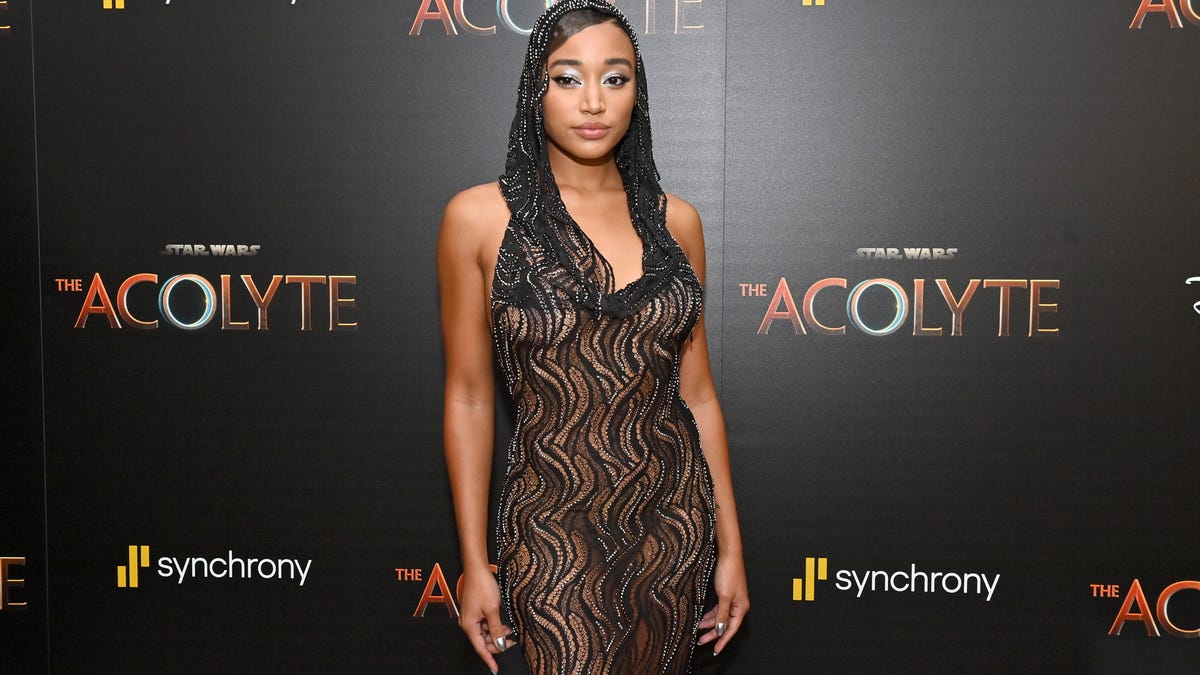Michigan State is facing a major restructuring; the offensive line has little experience

A coaching change was accompanied by a major restructuring of Michigan State’s offensive line.
Three full-time starters were gone, as were experienced substitutes.
That made spring practice crucial for new coach Jonathan Smith and his team. They will be regrouping once again after losing two more experienced offensive linemen with starting experience who will transfer after spring practice.
Offensive line coach and run game coordinator Jim Michalczik, one of six assistants Smith brought in from Oregon State, already faced a difficult task in improving a group that struggled under the previous staff. It will be even more difficult because Michigan State’s offensive line is short on players after a roster shakeup this fall.
Review 2023:
Michigan State returned a trio of full-time starters: left guard JD Duplain, center Nick Samac and right tackle Spencer Brown. The Spartans also brought back leading rusher Jalen Berger and brought in experienced transfer running backs, but the running game was a disaster.
Due to injuries in the backfield and offensive line, Michigan State averaged just 89.5 rushing yards per game, ranking 125th out of 130 teams in the country and the lowest single-season total since 1947.
Duplain and Samac, who both entered the starting lineup as true freshmen in 2019, returned to play their fifth and final seasons as players. Duplain was the only offensive lineman to start all 12 games, and his 47 career starts are the second-most for an offensive lineman in program history. Samac was hampered by a pectoral injury early in the season and suffered a broken fibula that shortened his final season with the Spartans by one game, leading to more action for Dallas Fincher.
Brown and Brandon Baldwin were the primary tackles, while right tackle Ethan Boyd started three times and left tackle Ashton Lepo logged 96 snaps. Tackle depth was thinned early when Keyshawn Blackstock, a four-star JUCO talent, entered the portal during the window created by coach Mel Tucker’s firing in September.
Geno VanDeMark began the season at right guard and missed four games due to injury, while Kevin Wigenton started six times at the position. Kristian Phillips saw limited playing time at right guard as a redshirt freshman.
With a weak offensive line in transition and an unresolved quarterback situation, Michigan State’s running game was historically weak. Consistently large deficits in the early stages and the lack of a vertical passing attack obviously did not help the backfield.
UConn transfer Nathan Carter emerged as the starting running back and led the team with 798 yards and four touchdowns on 185 carries. However, neither he nor any other running back on the team reached the end zone after the first two games of the season – just one aspect of an offense that was one of the worst in the country. Carter was the only running back with more than 30 carries, as Berger and transfer Jaren Mangham were plagued by injuries.
A miserable 4-8 season ended especially ugly with a 42-0 loss to Penn State at Ford Field. The Nittany Lions recorded seven sacks, the most the Spartans have allowed in a game since 2005. Michigan State’s minus-35 yards of offense is the second-worst record in program history.
Personnel composition:
Return: Brandon Baldwin (fifth-year senior), Dallas Fincher (fifth-year senior), Ashton Lepo (redshirt sophomore), Kristian Phillips (redshirt sophomore), Gavin Broscious (redshirt sophomore), Cole Dellinger (redshirt sophomore), Stanton Ramil (redshirt sophomore), Jacob Merritt (redshirt sophomore), Cooper Terpstra (redshirt sophomore)
New additions in 2024: Rakeem Johnson, Charlton Luniewski, Mercer Luniewski, Payton Stewart, Rustin Young
Transfer supplements: Tanner Miller, Luke Newman, Andrew Dennis
Gone: Nick Samac, JD Duplain, Spencer Brown, Kevin Wigenton, Keyshawn Blackstock, Geno VanDeMark, Ethan Boyd, Braden Miller, Andy Hartman, Drew Reif, Evan Brunning
Outlook 2024:
Samac was the only Michigan State player selected in the draft this year when he went to the Ravens in the seventh round. Duplain also became ineligible, while Brown (Oklahoma), Blackstock (Arkansas) and Wigenton (Illinois) all transferred after Smith’s acquisition. Boyd, Baldwin, VanDeMark and Phillips entered the portal in the winter but removed their names to remain with the Spartans. After spring practice ended, VanDeMark (Alabama) and Boyd (Colorado) entered the portal again, this time leaving East Lansing, while backup tackle Braden Miller went to Cal.
Those departures mean Michigan State has just two returning offensive linemen with starting experience in Baldwin (15 games) and Fincher (two). The Spartans lost eight scholarship offensive linemen from last year’s team – all played and six were in the starting lineup – and the eight acquired during the offseason include three transfers (one a true freshman) and five high school recruits.
Tanner Miller, a former walk-on who became a starter at Oregon State, was a key offseason transfer addition. The ESPN second-team All-American played all three interior positions for the Beavers and transferred to Michigan State for his final season. Michalczik said Tanner Miller will play center and his knowledge of coordinator Brian Lindgren’s offense, the wide zone blocking scheme and his previous work with quarterback Aidan Chiles in Corvallis will be crucial. Fincher is now in his fifth year with the Spartans and could be the primary backup at center or move to the guard position.
At the Spring Showcase in late April, Baldwin was the left tackle with Lepo opposite him on the right side. Whether that will remain the case early in the season is unclear, as is who will fill the lineup behind them at tackle positions due to a lack of experience. Stanton Ramil, a former four-star recruit, missed his first season as a freshman last year due to a leg injury. Among the five offensive linemen Michigan State has signed for its 2024 class, twins Charlton Luniewski and Mercer Luniewski were early enrollees and could compete for playing time in the fall.
Andrew Dennis, a former Michigan State player from Mount Pleasant, enrolled early in the 2024 class at Illinois but transferred to the Spartans after spring practice. He brings versatility and could be a tackle at Michigan State.
Luke Newman, an FCS All-American left tackle at Holy Cross, considered declaring for the NFL before transferring to Michigan State. The Birmingham Brothers Rice product was not with the team in the spring and it’s unclear where he will play for the Spartans. He is expected to be a starter and it will be interesting to see how he adapts to the Big Ten.
Moving Newman to guard would secure a starting spot without requiring him to bring much experience to the position. Phillips played just 33 offensive snaps last year, while Gavin Broscious was hampered by injuries and didn’t play a single game in his first two seasons with the program.
Michalczik, who has more than 30 years of coaching experience in college and the NFL, enters his first season at Michigan State with some experienced offensive linemen and plenty of young players to develop. There isn’t much experienced depth and injuries would likely be a major problem for the Spartans.
Because of the portal departures, Carter is the only running back returning on scholarship, and he looks to build on the biggest workload of his career. Chiles goes from backup at Oregon State last year to starter with the Spartans, and his mobility should benefit the offensive line, which will be responsible for keeping him clean in the pocket. In the first year of a rebuild, the offensive line has big tasks ahead of it all.



